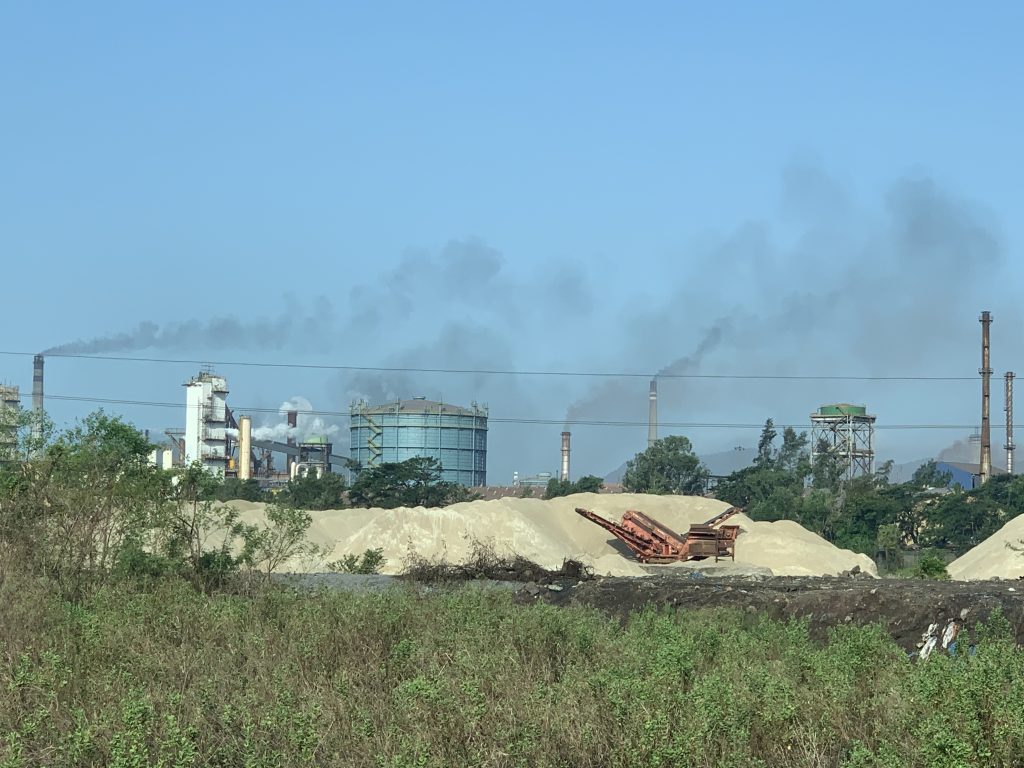13.2.4 Pollution
William Patterson
Pollution can affect the land, the air, and the water. It involves the despoliation of these natural resources with toxic or otherwise noxious or unpleasant external contaminants. There are many sources of pollution. Industrial activity often spews damaging particulate matter into the air and effluviant into the surrounding land and waters. Vehicles release emissions that congest the air. Animal husbandry, especially in modern factory farm settings, produces vast amounts of biological waste that must be eliminated. There are a near endless number of other examples of pollution-causing human activity that impacts the environment.

Just as the causes of pollution are multivariant, so are the harms. Air pollution results in millions of cases of illness and even death from respiratory and other disease worldwide. Waterborne disease from polluted water sources is a major killer in the developing world and even in the developed world. Polluted environments also take a toll on wildlife, especially in the oceans, and are a contributing factor to species loss. Finally, pollution has negative aesthetic repercussions, reducing the beauty of the natural world and human beings’ ability to enjoy it.
The above is only a brief overview of a few of the environmental issues that motivate Greens. There are many others, such as deforestation, animal cruelty (especially as it regards factory farming and medical testing), ocean acidification, deterioration of the ozone layer, acid rain, and many more. Greens value nature, both as something to be utilized and enjoyed by humans, and also intrinsically and irrespectively of its use or value to human beings. The preservation of nature and maintaining a healthy environment to allow human beings and other plant and animal species to thrive are central values in Green ideology.
Media Attributions
- Air pollution amid blue skies, the day after reopening from lockdown near Mumbai © Sumaira Abdulali is licensed under a CC BY-SA (Attribution ShareAlike) license

